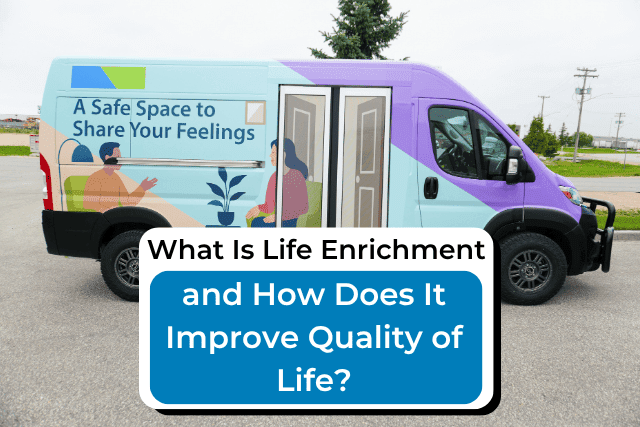Did you know nearly 80 million Americans live in areas with too few healthcare providers? You might be thinking about starting a mobile health program because you want people in your community to get care without long waits or long drives. At the same time, you may worry you could make the wrong move or spend money without seeing real results. We get it. Taking healthcare outside the clinic walls feels exciting and scary at the same time.
Myth 1: Mobile health programs are too small to deliver real care
Some may picture a tiny van with no space to breathe. The truth is, a mobile clinic can bring primary care, mental health, blood draws, and even IV therapy to places like South Texas colonias and rural North Dakota towns. A right-sized mobile medical unit supports private exams, lab equipment, and secure medication storage. You get care closer to the people you serve, and that builds trust fast.
Myth 2: Mobile health units cost more than they are worth
Buying a mobile health unit feels like a big step. Leaders worry about budgets and reporting. In many cases, the math works in your favor. Mobile programs often cut transportation costs, reduce no-shows, and keep ER visits down. When communities use grants or state programs, they free up dollars to help more people instead of funding empty waiting rooms. You can expect to pay between $125,000 and $225,000 for a mobile health unit.
Myth 3: Mobile healthcare is hard to operate
You might picture confusing logistics and staff headaches. In reality, a well-planned mobile healthcare model follows predictable routes and partners with trusted places like schools, shelters, or grocery store parking lots. Teams love the freedom to meet people where they already feel comfortable.
If you remove the myths, your mobile health program becomes a confident way to close gaps in care. AVAN Mobility helps you design a plan that fits your mission so more people can live healthier lives right where they are.




